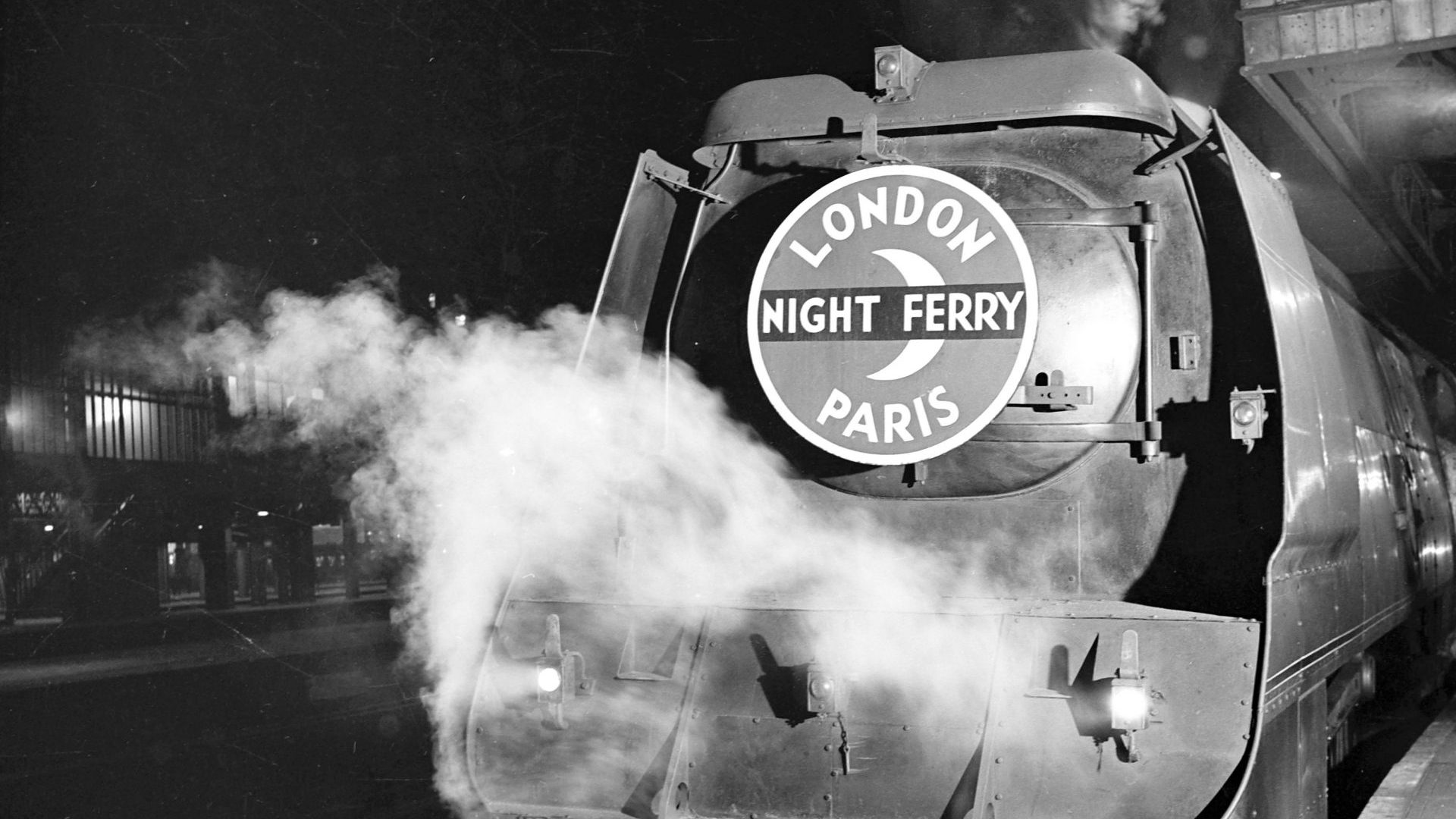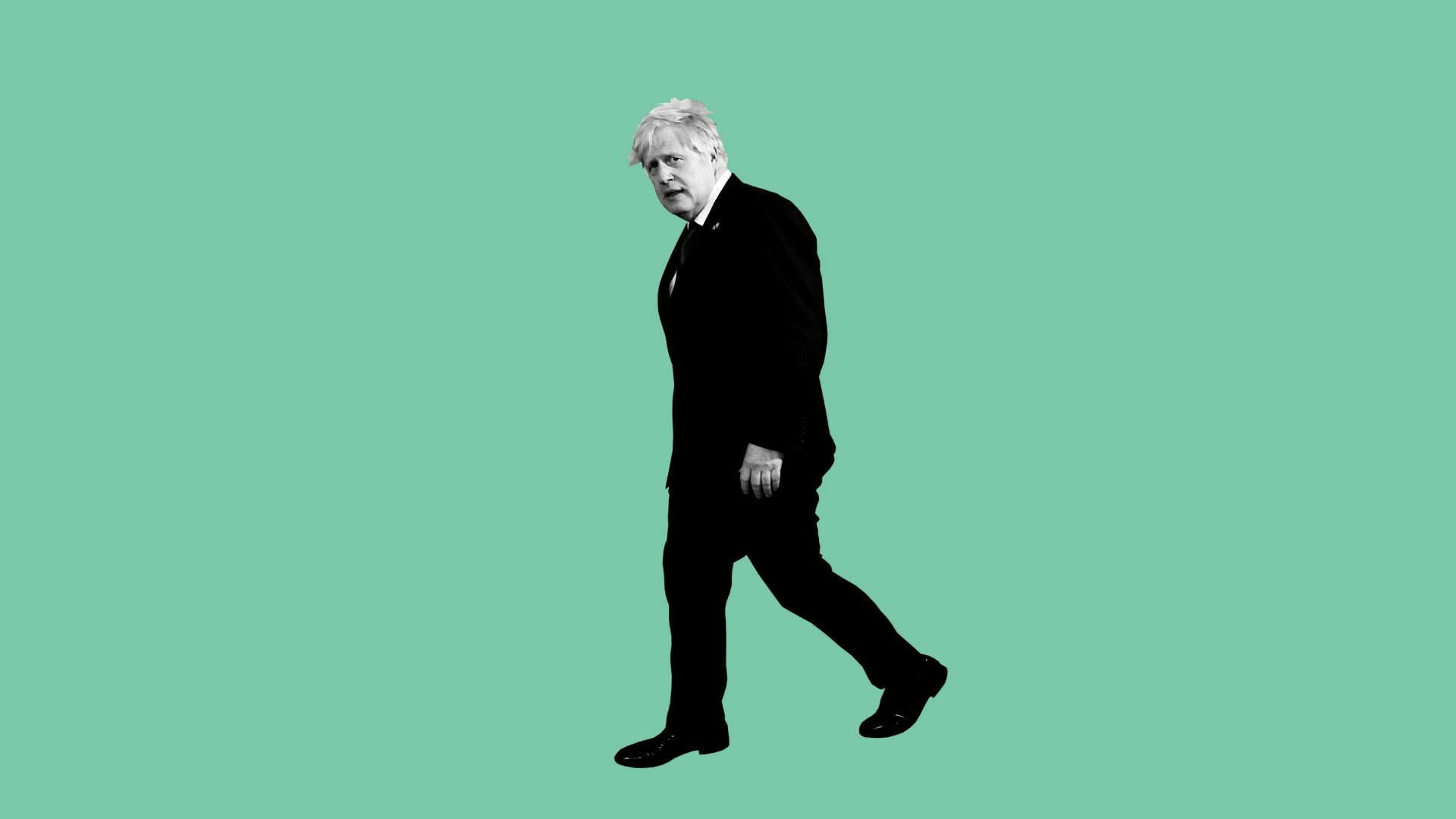Back in the 19th century, Europe was behind the United States when it came to sleeper trains. By the mid-1860s New York-born George Pullman had created a fleet of the comfortable overnight carriages with diners, hairdressers, libraries and, even, church organs for on-board services.
It took a certain Belgian civil engineer, Georges Nagelmackers, to get in on the act in Europe, having seen what Pullman was up to. His trains began in the 1870s and his Compagnie Internationale des Wagons-Lits (et des grands express européens) hit the big time in the 1880s with elegant sleepers offered between Paris and Lisbon, Calais and Rome, and most famously in 1883 from Paris to Constantinople, as Istanbul was known back then. Paris to Venice began in 1906 with the opening of the Simplon Tunnel between Switzerland and Italy.
A golden age of night trains had begun – Agatha Christie’s Murder on the Orient Express was published in 1934 and Graham Greene’s novel Stamboul Train in 1932, capturing the mystique. Yet the trains were to peter out soon after the second world war, partly as the Iron Curtain blocked certain routes and also because flying had begun.
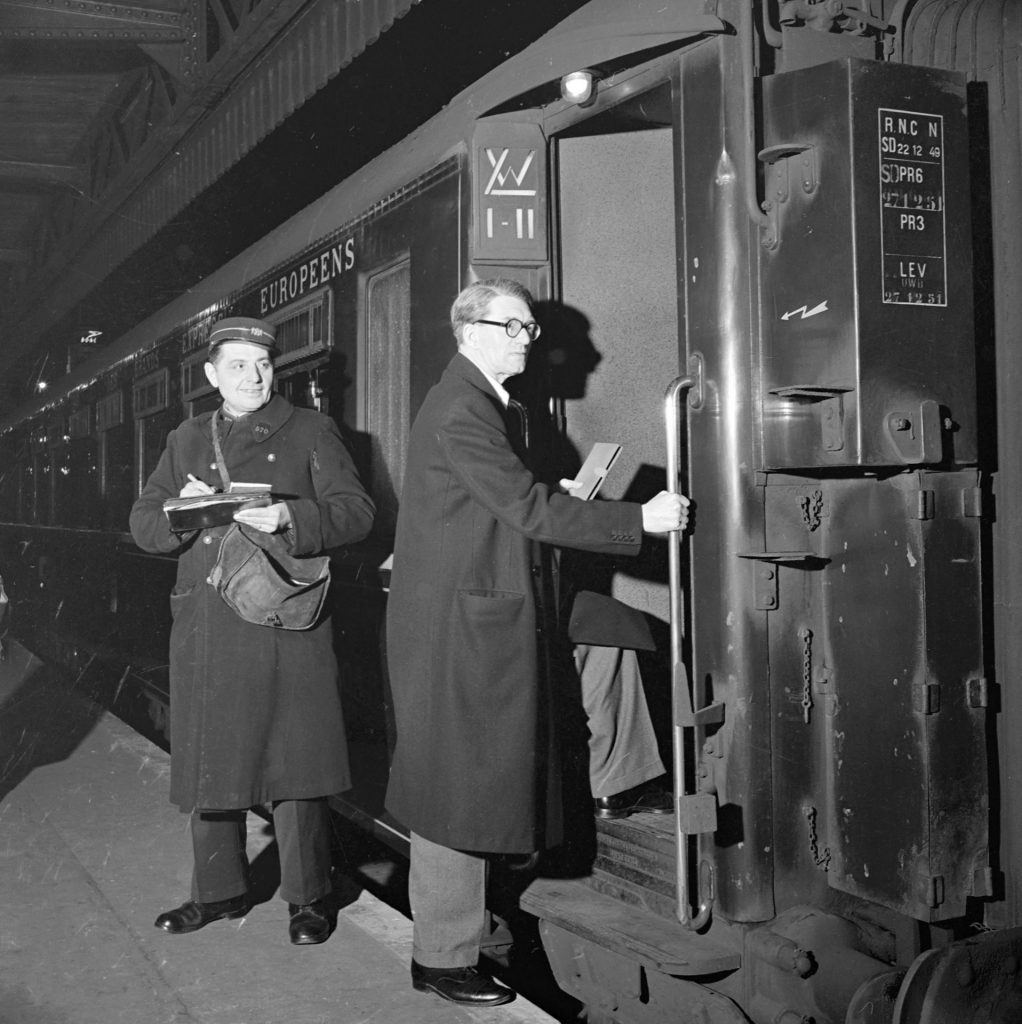
Now, however, could a renaissance be on its way? Possibly. Signs are that sleepers are enjoying the green shoots of a revival.
Austria is leading the way. In 2016, Deutsche Bahn in Germany decided to give up on its City Night Line sleepers, which were not making money. Austrian Railways, which believed more people would like to take overnight trains both for environmental reasons and because they could save cash on hotels, took a gamble and bought the lot – 42 sleeping cars – and began its sleek Nightjet service.
It has proved incredibly popular. Now Nightjet routes rattle between Vienna and Munich to Milan, Venice, Rome and Paris (depart Paris 19.30, arrive Vienna 10.00). Sleepers are also available between Zürich, Cologne and Amsterdam.
Later this year, in December, BerlinBrussels and Berlin-Paris are due to begin, and Zürich-Barcelona is scheduled for December 2024. New rolling stock has been ordered to keep pace with demand. Train guru Mark Smith, who runs the informative train website Seat61.com, described Nightjet’s sudden rise as nothing short of “remarkable”.
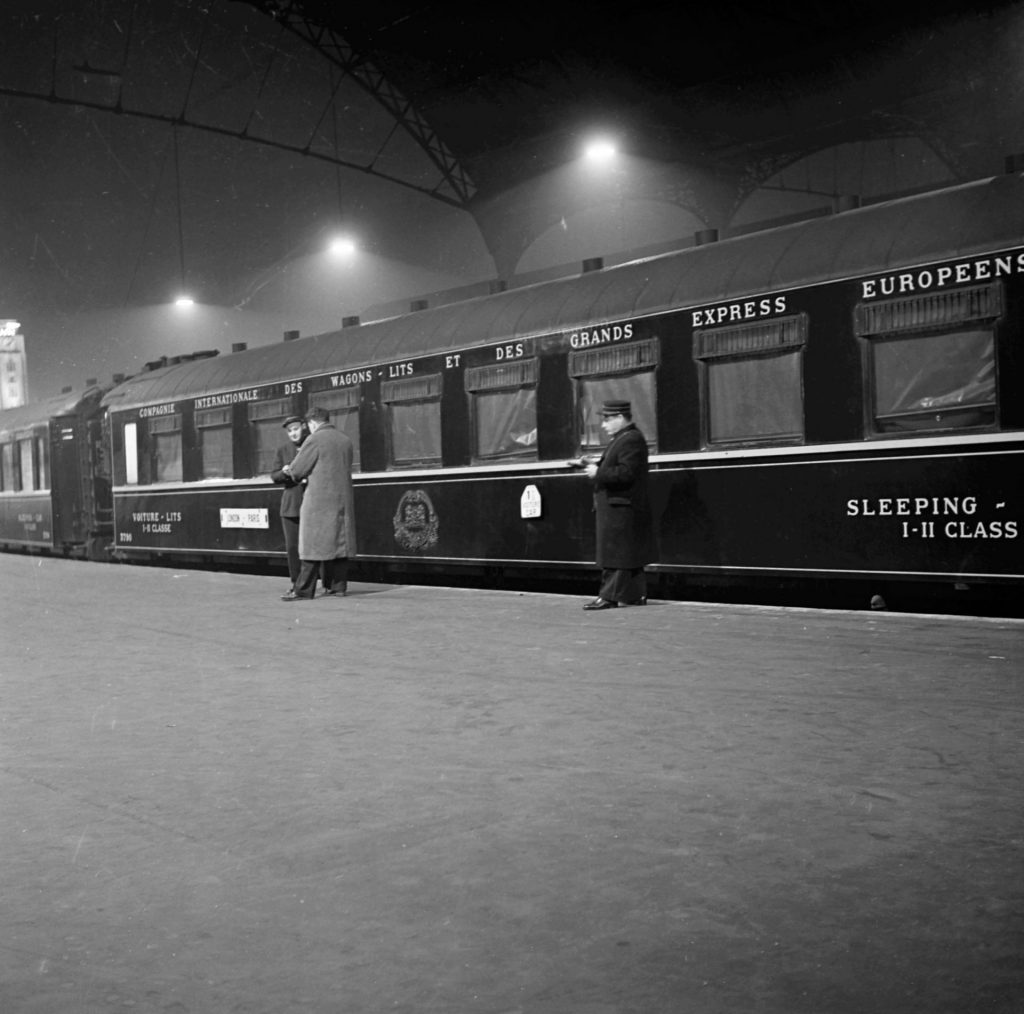
High praise indeed. Yet this is just one aspect of Austrian Railways’ conversion to overnight trains with beds. Being in the centre of Europe, the rail operator has long recognised its key position as a transport hub and it has teamed up with the rail operators of the Czech Republic, Croatia, Hungary, Poland, Slovakia and Sweden to promote a separate EuroNight service.
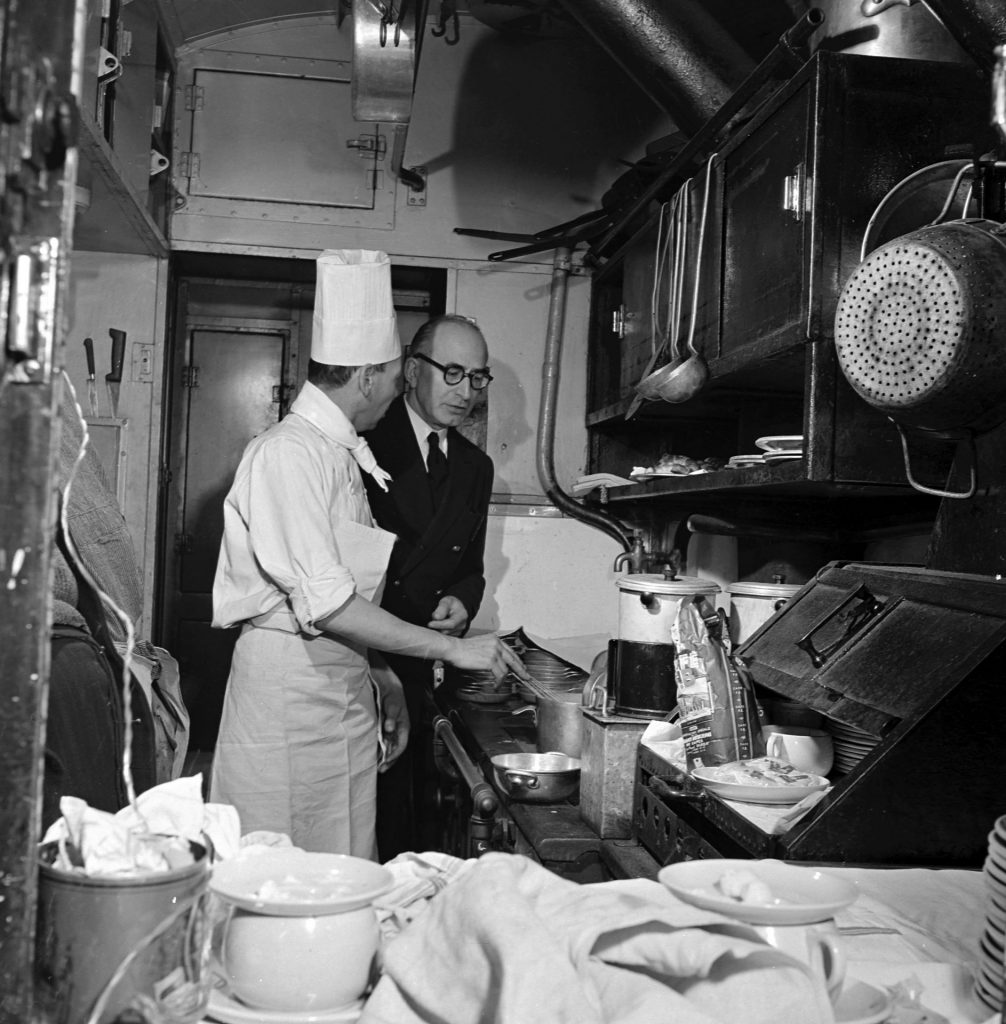
These “partner trains” offer sleeper journeys between the likes of BerlinBudapest, Bratislava-Split, GrazWarsaw, Rijeka-Stuttgart and ZagrebZürich. Common to all rides is that breakfast is included. No need for “the stress and hassle of a strenuous drive,” it says, “you can travel overnight in a climate-friendly and comfortable way”.
Elsewhere, the Swedish operator Snalltaget has launched a new sleeper from Stockholm to Berlin. It departs the Swedish capital at 16.23 and arrives in Germany’s capital at 08.47, having stopped at Malmö and Hamburg (at 05.31) along the way. The return from Berlin leaves at 20.57 and arrives in Stockholm at 14.10.
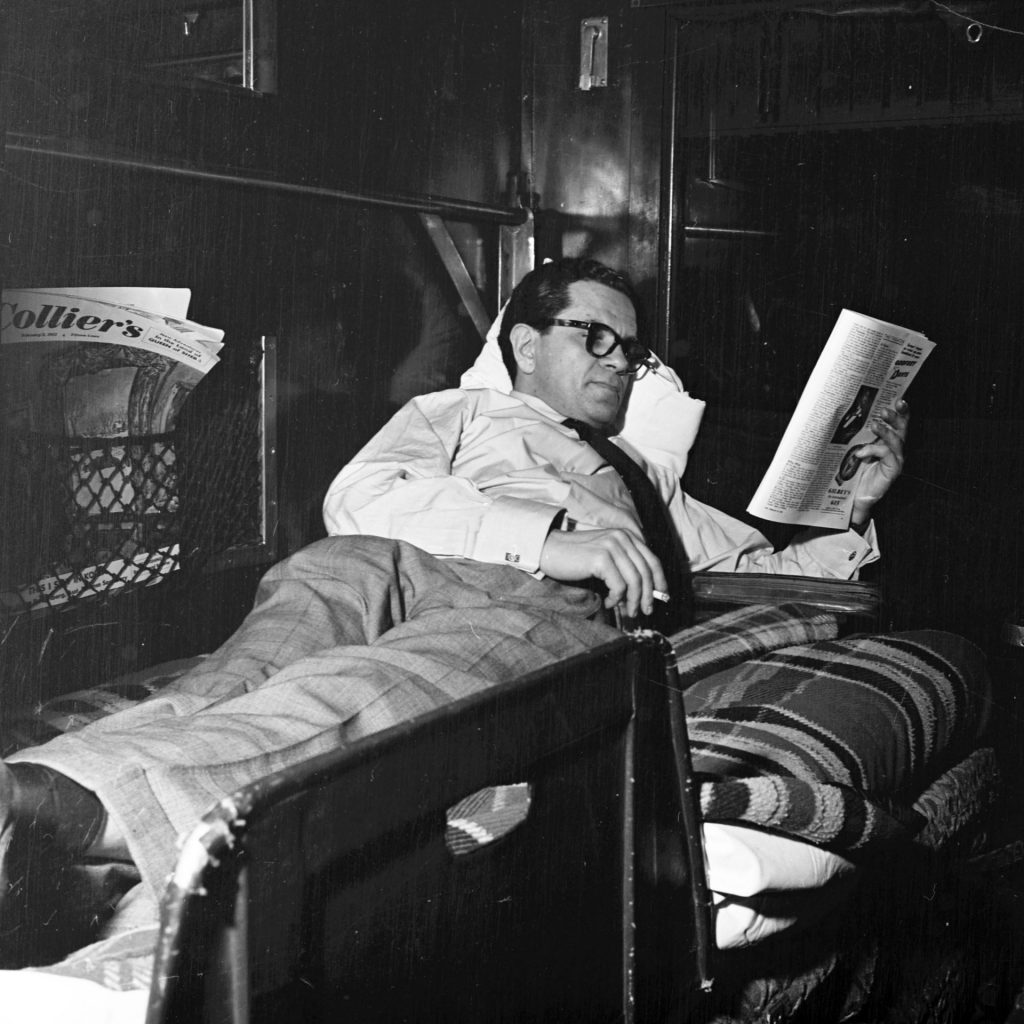
“After a good night’s sleep, you will wake up rested, ready for a new day of adventures,” says Snalltaget. All the railway companies offering night trains emphasise this wake-up-fresh side of sleeper travel. No wasting time and energy at airports or driving. And environmentally sound credentials are banged home too. Snalltaget even boasts about the source of its energy from “water, wind and sun to reduce the environmental impact of your journey”.
Various plans are in hand to create yet more new European sleepers. In France, Xavier Neil, the billionaire co-owner of Le Monde, aims to launch “hotels on rails for a comfortable and sustainable journey” from next year: “The experience being sold by commercial airlines is outdated. It’s time to retire the short-haul flight. The experience of flying around Europe is inefficient and marked by stress and discomfort.”
These sleeper services, due to start next year, will eventually go from Paris to Porto, Madrid, Barcelona, Florence, Venice, Berlin, Copenhagen and Edinburgh – all being well with the start-up. Interiors will be retro, designed to offer “roaring ’20s charm”.
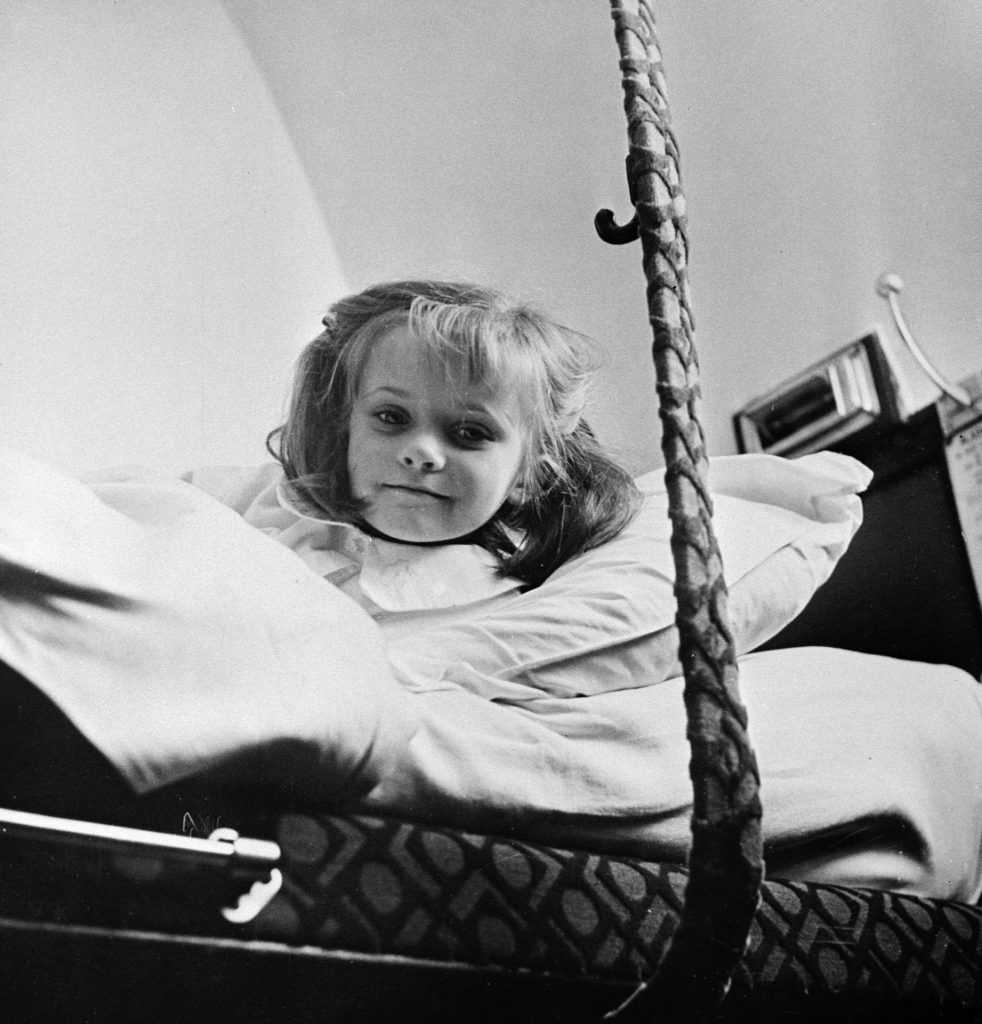
Reinforcing Neil’s position, the French government has required Air France to end domestic flights when there is a rail alternative that takes less than two and a half hours. It’s not the only example of political intervention. In Austria, the government has scrapped 50-minute flights between Vienna and Salzburg.
For the super-rich, the Accor Hotels Group has just launched a series of “Orient Express” journeys within Italy in new carriages designed in a 1960s and 1970s style for overnight rides in lavish “deluxe cabins” and suites from Rome to Venice, Siena and Montalcino. Separate rides will be available on tracks around Sicily, beginning in Palermo.

The price? From a mere £1,750 per person per night, meals included, for all these Accor “Orient Express” rides. The plan is to extend the sumptuous journeys into France, Turkey and Croatia’s Adriatic coast in years to come.
Then there is the classic route from Paris to Venice offered on the Venice Simplon-Orient-Express. The current fare is £3,530 per person for the single-night ride. Alternatively, it’s £21,000 per passenger for the five-night trip from Paris to Istanbul.
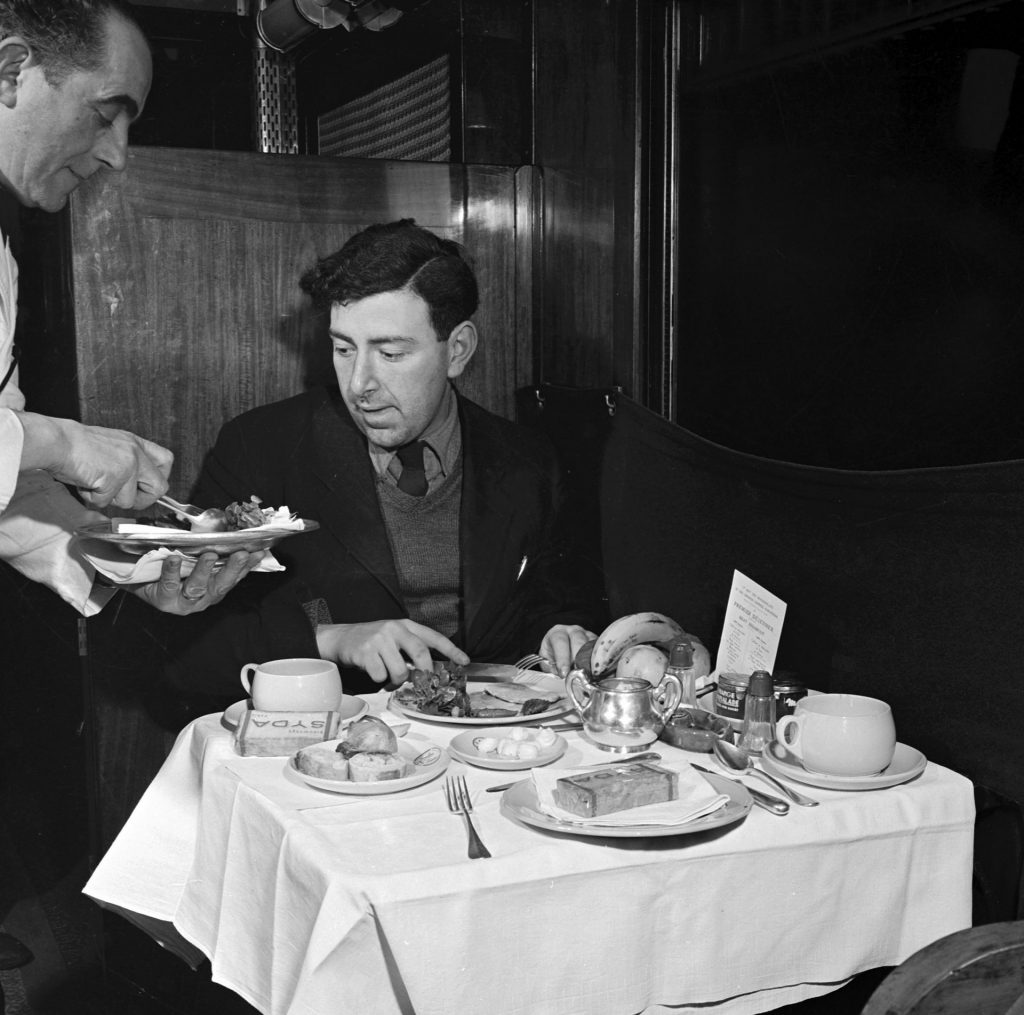
Back in the real world, the trend to travel by often good-value sleepers is stronger than ever. SNCF in France offers a bunk in a couchette with six bunks from Paris to Toulouse, departing 21.14 and arriving 05.54 from £85, for travel onwards to Spain. Or an “Espace Privatif” cabin from Paris to Nice on a recently reintroduced overnight service is from as little as £39 off-peak.
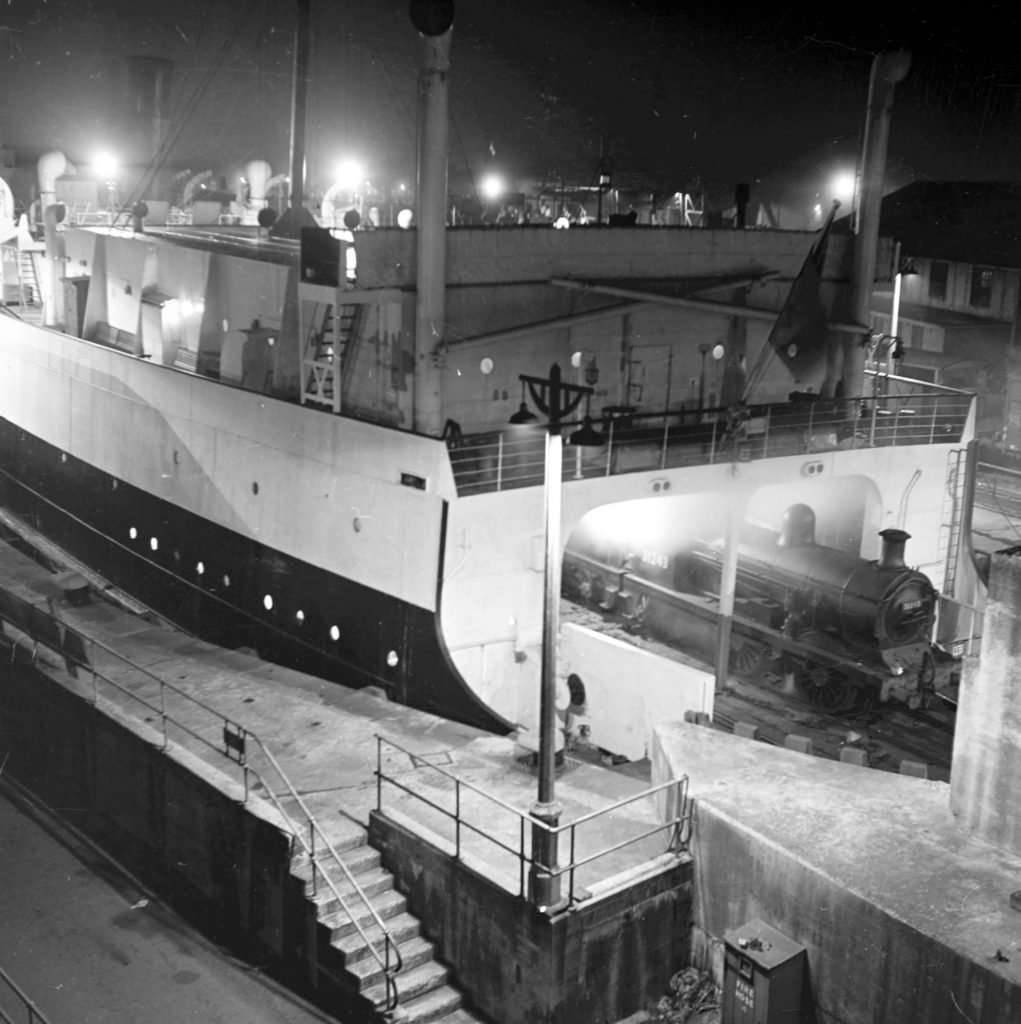
Meanwhile, a slick new London-Berlin overnight service from European Sleeper begins on May 25, departing London at 15.04, arriving at Brussels at 18.05, changing trains and catching the 19.22 to Berlin, arriving at 06.48. Standard class return, with Eurostar and a private cabin from £360. From December, it hopes to continue trains onwards to Dresden and Prague.
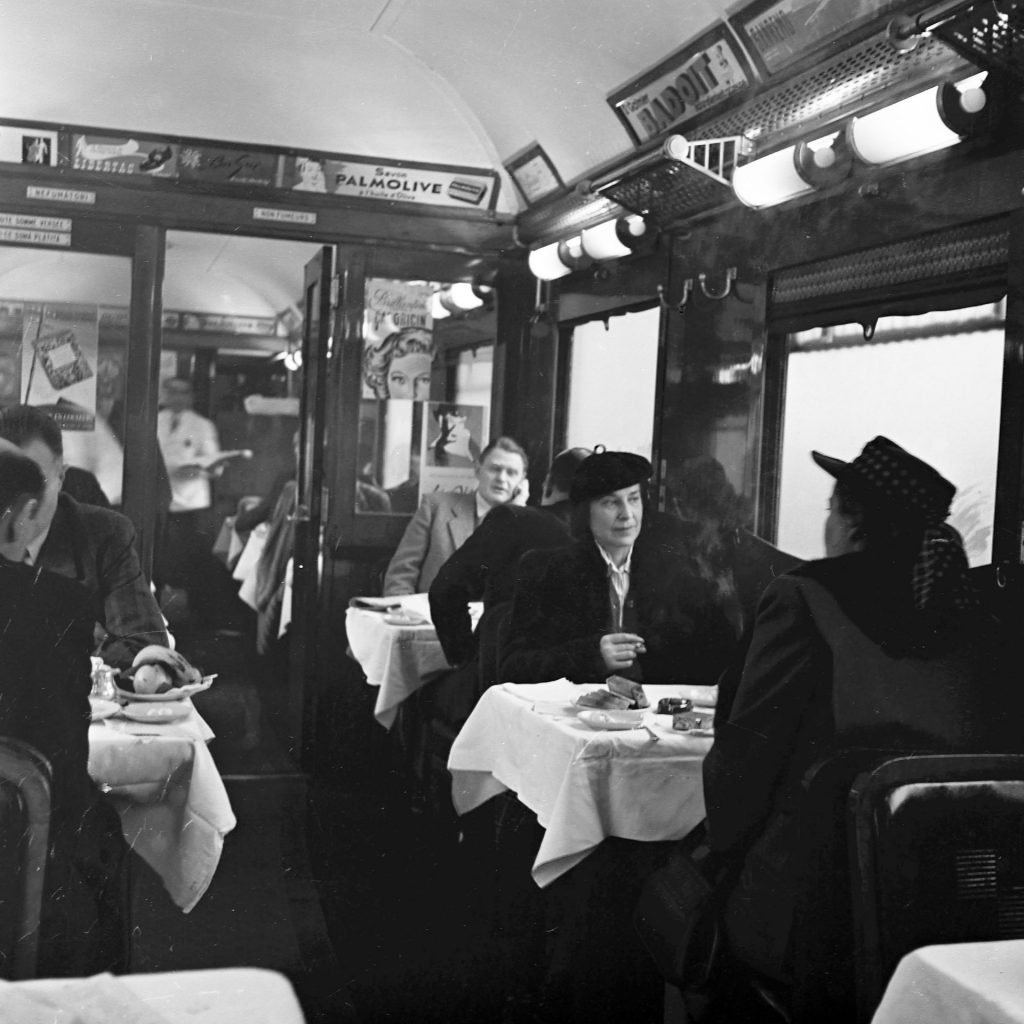
Georges Nagelmackers, looking down from his sleeper carriage in the sky, must be quietly smiling as – perhaps – a second golden age of night trains begins.
Tom Chesshyre is the author of Slow Trains Around Spain: A 3,000-Mile Adventure on 52 Rides (Summersdale)

